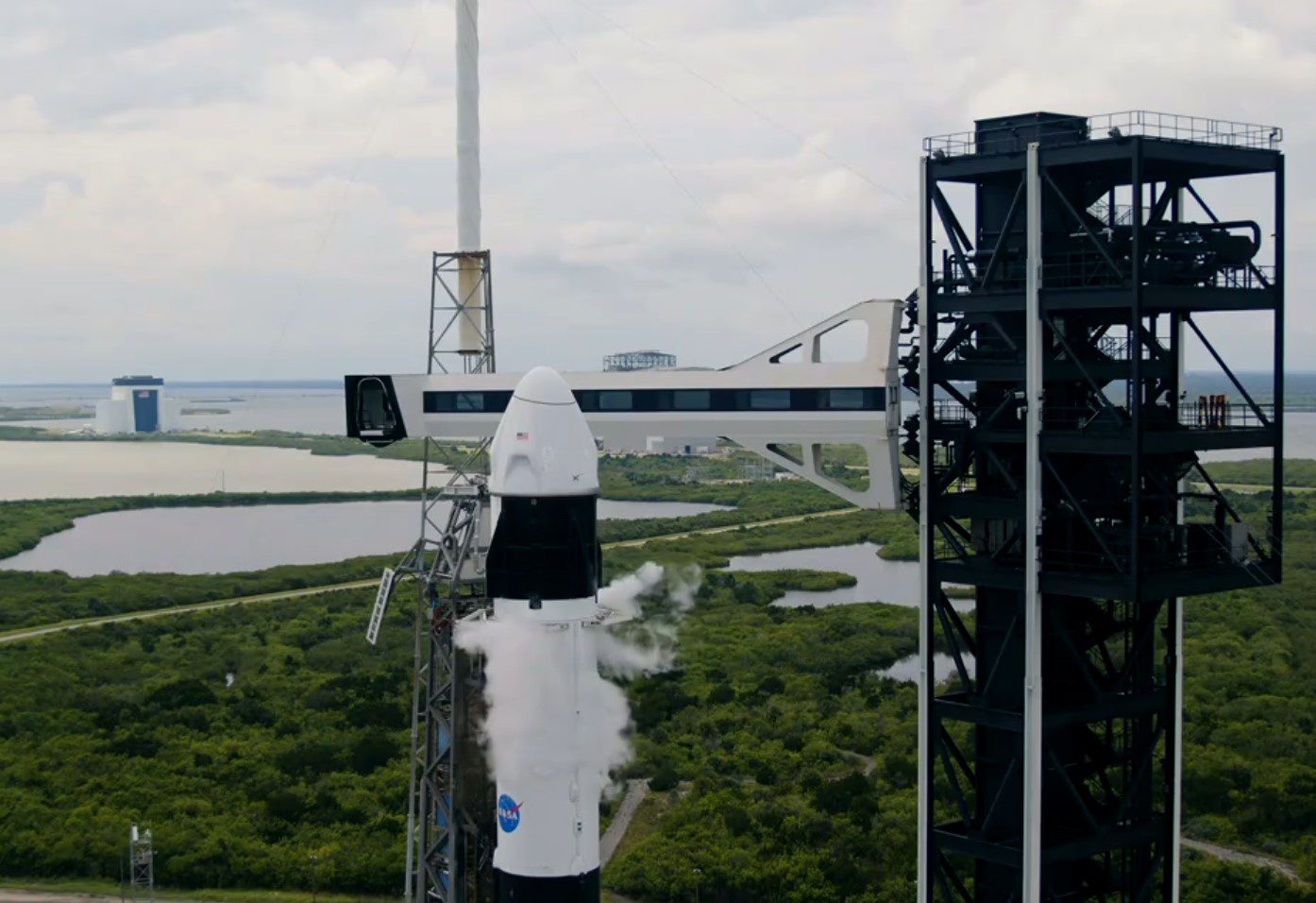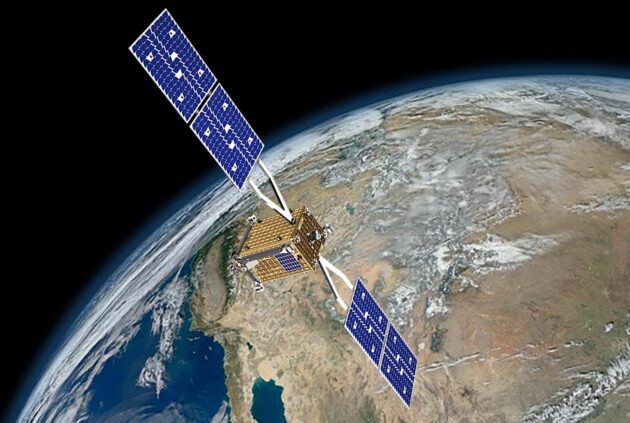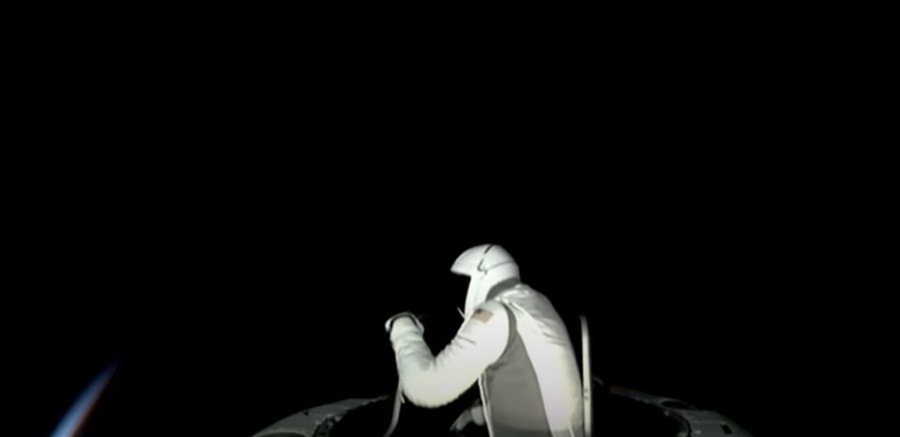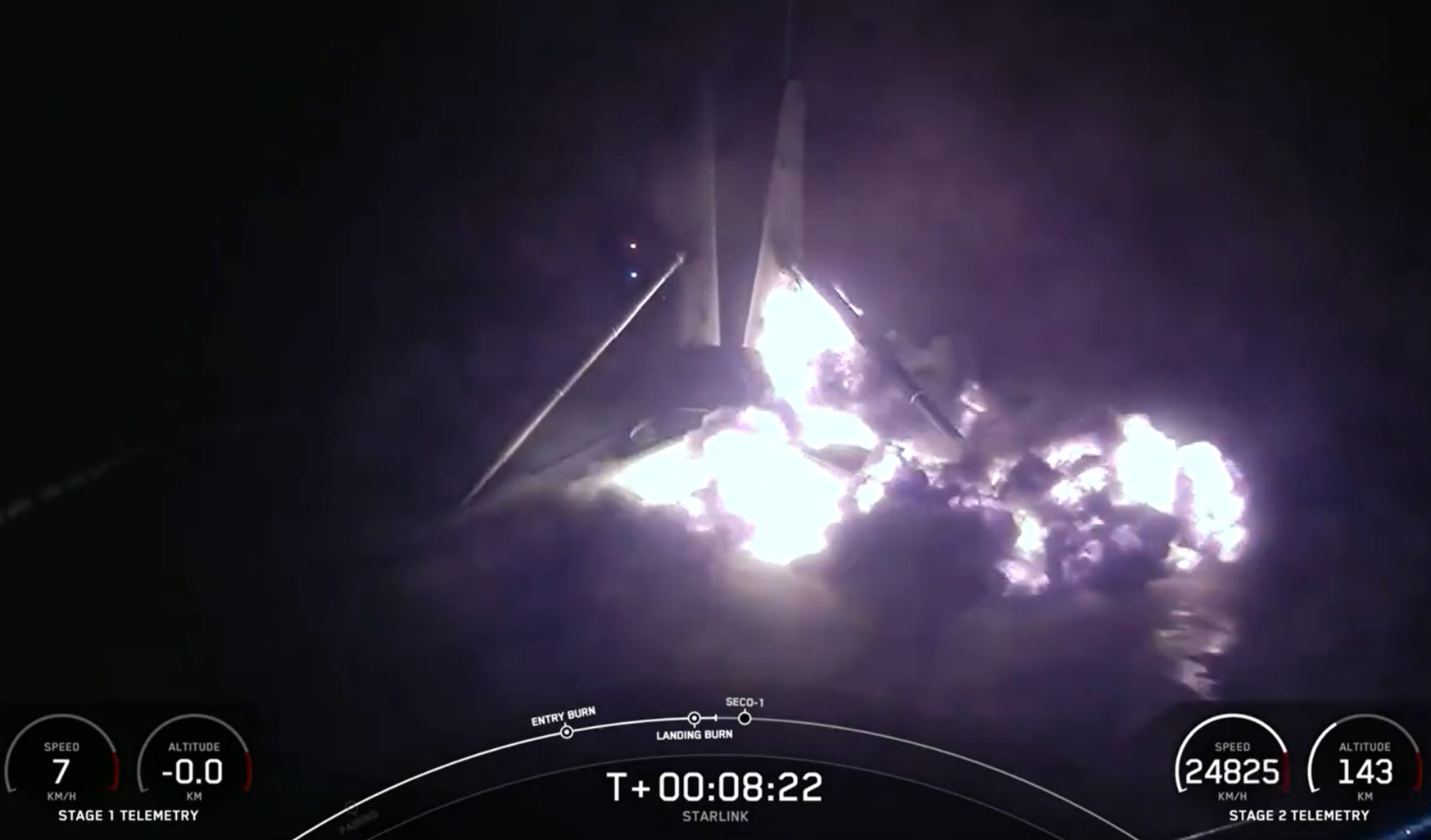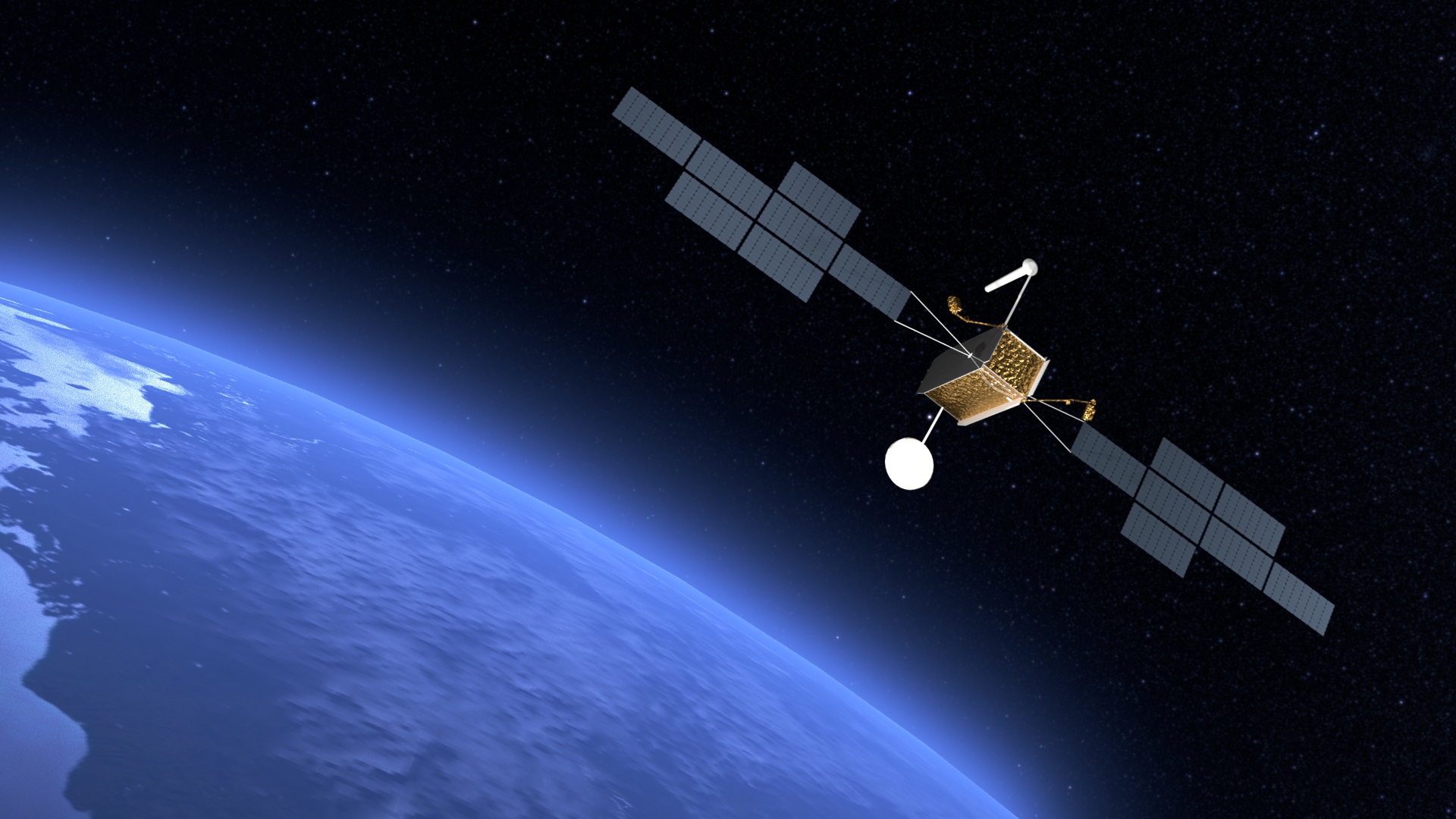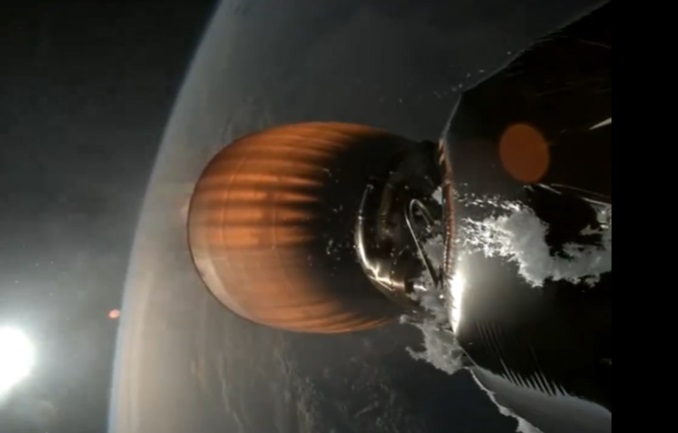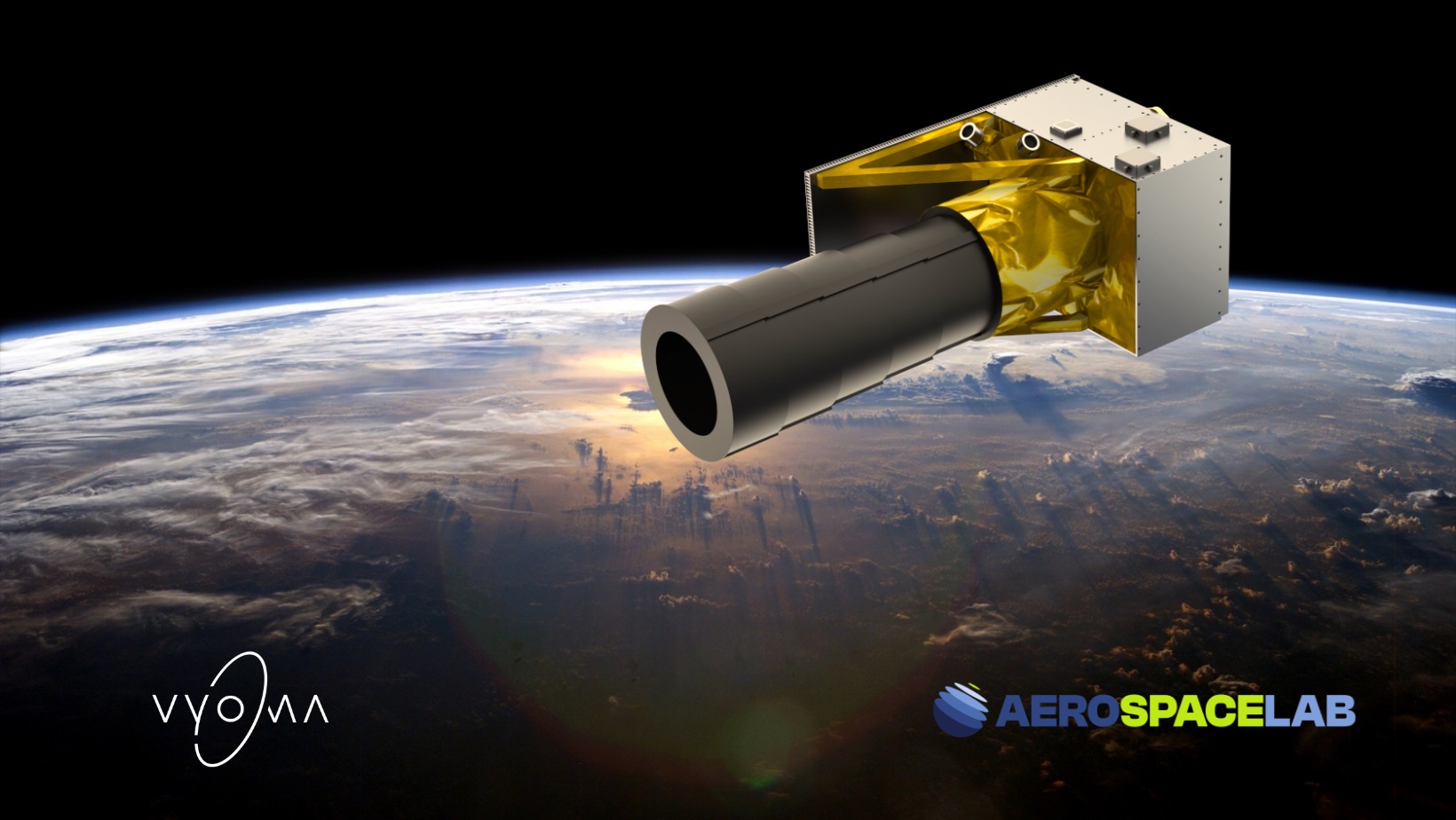The ESA Ministerial meeting held in Luxembourg on 2 December effectively ratified the decisions that resulted from the “horse trading” between the French, German and Italian governments. That is, the planned Midlife Evolution (ME) upgrade to the venerable Ariane 5 has now been cancelled in favour of moving directly to a lower cost expendable launch vehicle – the Ariane 6.
The idea of Ariane 6 is to produce a launch vehicle with a performance as close to an Ariane 5’s as possible, but at much lower a cost per launch. The all-liquid first and second stage Ariane 6 will be augmented by two solid rocket boosters for the A62 version (5,000kg payload to GTO – Geosynchronous Transfer Orbit), or four solid rockets boosters for the A64 version (11,000kg payload to GTO). The solid rocket boosters are based on the first stage of a new version of the Vega small launch vehicle. Some €8.2 billion has been agreed to fund these and other launcher projects over the next ten years, about half of which will go to Ariane 6.
The technology changes for Ariane 6 compared to its Ariane 5 predecessor include removing the common bulkhead in favour of separate tanks for the liquid oxygen (LOx) and liquid hydrogen. While this change makes Ariane 6 less mass efficient, it will be much less expensive to produce. Similarly, the Ariane 6 first stage engine, Vulcain 2.1, is a simplified version of the current Ariane 5 cryogenic first stage engine with a reduced parts count and hence manufacturing cost.
In a further attempt to cut the production costs of Ariane 6, a new joint company has been set up to streamline its production: Airbus-Safran Launchers. With a workforce of 450, the new firm begins operations on 1 January 2015. The first launch of the new rocket will be in 2020.
As part of the ministerial meeting, €820 million of ESA funding was found to maintain its share of the International Space Station’s running costs, with Italy being forced to maintain its share at 19% over the six years that the station is expected to last. While most of the ExoMars mission funding is in place at €140 million to allow the project to carry on. at least for now, more will be needed if it is to launch as planned in 2018.
Comment by David Todd: Moving directly to Ariane 6 is predictable if unimaginative. Still, at least it is more sensible than trying to do Ariane 5 ME and Ariane 6 both at the same time. A better solution would have been to move directly to a reusable concept like the UK firm Reaction Engines’ Skylon design along with a reusable upper stage. ESA has a new found interest in reusability as it eyes SpaceX’s experiments with reusable first stages. Nevertheless, a combination of Skylon’s greater technical risk and national self interest means that the Ariane 6 will be built first, even if it just becomes an interim vehicle before ESA fully accepts reusability as the way forward.
Looking at the pure financial logic, however, operating the Ariane 6 will never pay back its development costs. As such, it would make more sense to spend €3 billion to subsidise the next 30 flights of the Ariane 5 for €100 million each rather than build the €4 billion Ariane 6 interim rocket at all.
Despite such carping, the simplified Ariane 6 will still be relatively high performing with its cryogenic propellants and with the excellent Vinci as an upper stage engine. Using such large solid rocket boosters though, looks to be a matter of political expediency (to keep the Italians happy) rather than good design. A larger number of smaller solid rocket boosters (Delta II style) would have provided much more flexibility according to payload size. Vega itself is a very costly rocket which was only saved in the market place by the unexpected withdrawal of the admittedly smaller, but much lower-cost Falcon 1, as SpaceX moved on to bigger things. However, a new set of low cost small launchers may yet take over Falcon 1’s baton. If they do, then Vega may be put out of business altogether – new version or not.
It had been expected that the French space agency, CNES, would transfer its 34% shareholding in Arianespace to the new Airbus-Safran Launchers firm, with Arianespace effectively becoming its commercial marketing arm. However, this has yet to take place. Jean-Yves Le Gall, the current head of CNES, was previously the long-serving President and CEO of Arianespace and thus may be reluctant to let go.

